Future Treasures: Mission to Methone by Les Johnson
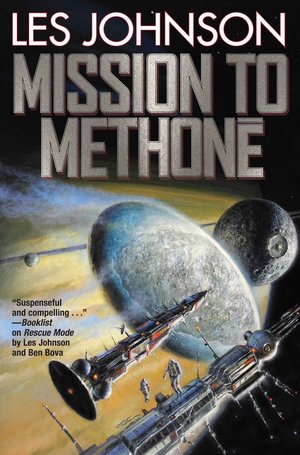 Les Johnson is the co-author (with Travis S. Taylor) of Back to the Moon (2010), and (with Ben Bova) of Rescue Mode (2014). He also co-edited Going Interstellar (2012) with Jack McDevitt.
Les Johnson is the co-author (with Travis S. Taylor) of Back to the Moon (2010), and (with Ben Bova) of Rescue Mode (2014). He also co-edited Going Interstellar (2012) with Jack McDevitt.
His first standalone novel is Mission to Methone, the tale of a vast and ancient galactic war, a derelict spaceship hiding in our solar system, and an artificial intelligence that has been concealing the existence of mankind. It appears humanity is not alone in the universe. Far across the galaxy, a war is raging between advanced alien races, and it’s about to be brought to our doorstep.
The year is 2065 and an accidental encounter in space leads to the discovery that we are not alone in the universe — and that our continued existence as a species may be in jeopardy.
Chris Holt, working in his office at the Space Resources Corporation, discovers that one of the asteroids he is surveying for mining is actually not an asteroid at all but a derelict spaceship. The word gets out and soon the world’s powers are competing to explore and claim for themselves the secrets that it holds.
What they don’t know is that across the galaxy, a war has been underway for millennia. A war between alien civilizations that have very different ideas about what should be done about emerging spacefaring civilizations like our own. The artificial intelligence resident in the derelict Holt discovered has been in our solar system since before the dawn of human civilization, watching, waiting and keeping quiet lest the interstellar war return and wipe out the sentient race that now resides there — humanity.
And that war might soon be again coming to our front door. The truth can only be discovered on Methone, a tiny, egg-shaped moon of the planet Saturn. Who will get there first? And will it be in time?
Mission to Methone will be published by Baen Books on February 6, 2018. It is 304 pages, priced at $16 in trade paperback. The cover is by Bob Eggleton. Read the first ten chapters at the Baen website.
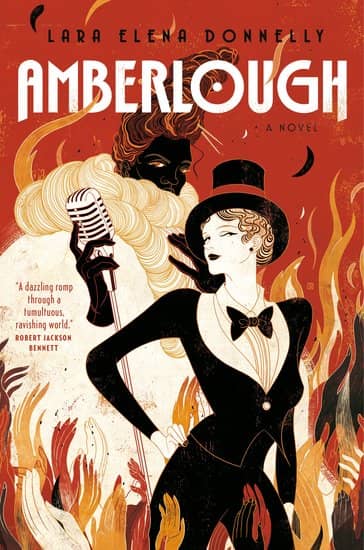
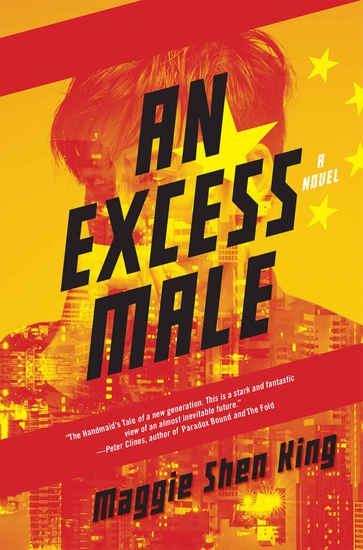
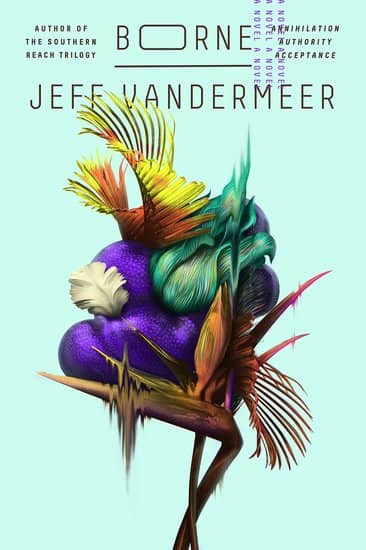
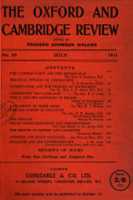

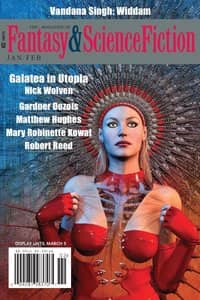

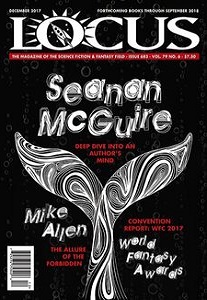

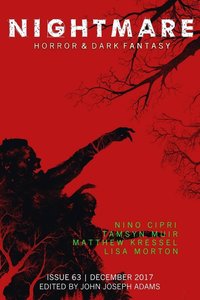
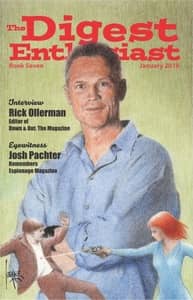
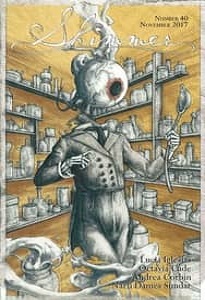
 With another year’s worth of Fantasia reviews now finished, I thought I’d take the time once again to look back at what I saw and write a general overview of the films as a whole. Doing so this year, though, leads to thoughts about film on a slightly larger scale than just Fantasia alone.
With another year’s worth of Fantasia reviews now finished, I thought I’d take the time once again to look back at what I saw and write a general overview of the films as a whole. Doing so this year, though, leads to thoughts about film on a slightly larger scale than just Fantasia alone.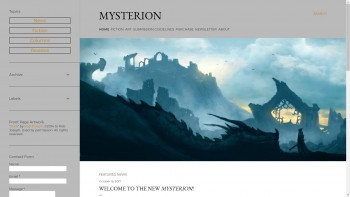
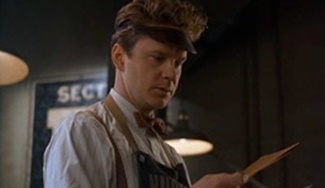
 After the Fantasia festival had officially concluded I still had three movies to watch. During the festival I’d requested links to view screening copies of three films I couldn’t see in theatres due to schedule conflicts, but it wasn’t until Fantasia ended that I had time to sit down and watch them. These movies were a Japanese comedy-drama called Japanese Girls Never Die (also released under the English title Haruko Azumi Is Missing, in romanised Japanese Azumi Haruko wa yukue fumei); a Thai historical martial-arts movie called Broken Sword Hero (also Legend of the Broken Sword Hero, from the romanised original Thong Dee Fun Khao); and a Chinese blockbuster historical war movie called God of War (Dang kou feng yun, now on Netflix). They made for an interesting mix.
After the Fantasia festival had officially concluded I still had three movies to watch. During the festival I’d requested links to view screening copies of three films I couldn’t see in theatres due to schedule conflicts, but it wasn’t until Fantasia ended that I had time to sit down and watch them. These movies were a Japanese comedy-drama called Japanese Girls Never Die (also released under the English title Haruko Azumi Is Missing, in romanised Japanese Azumi Haruko wa yukue fumei); a Thai historical martial-arts movie called Broken Sword Hero (also Legend of the Broken Sword Hero, from the romanised original Thong Dee Fun Khao); and a Chinese blockbuster historical war movie called God of War (Dang kou feng yun, now on Netflix). They made for an interesting mix.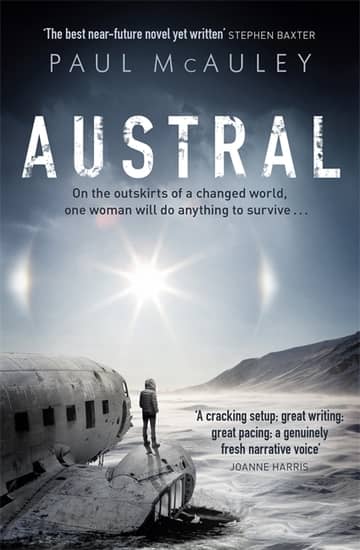
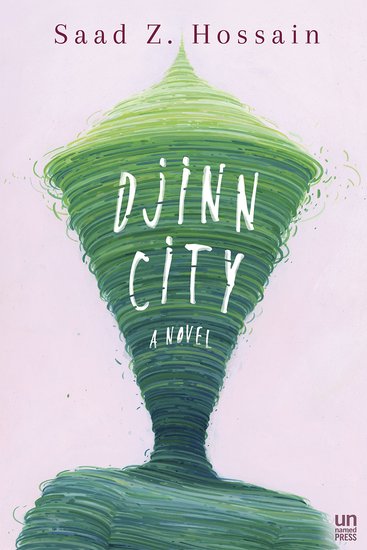
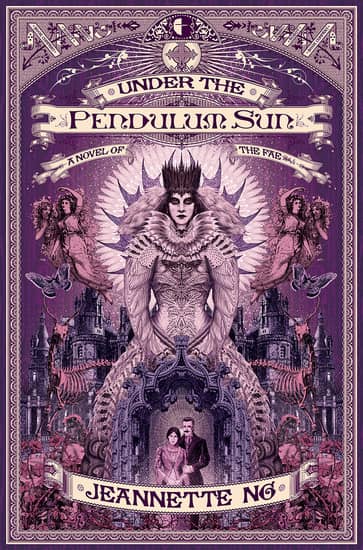
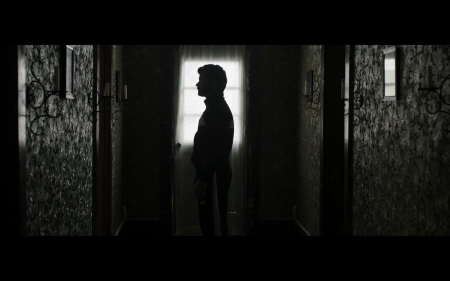 On the last day of the 2017 Fantasia film festival I planned to watch three movies. First, at the De Sève Theatre, Indiana: a movie about a pair of ghost-breakers in the Midwest who may or may not deal with actual paranormal events. Second, I’d go to the festival’s screening room, where I’d see a dark psychological thriller called Fashionista. Finally, I’d close out the festival with a screening of a restored version of Dario Argento’s classic 1977 horror film Suspiria.
On the last day of the 2017 Fantasia film festival I planned to watch three movies. First, at the De Sève Theatre, Indiana: a movie about a pair of ghost-breakers in the Midwest who may or may not deal with actual paranormal events. Second, I’d go to the festival’s screening room, where I’d see a dark psychological thriller called Fashionista. Finally, I’d close out the festival with a screening of a restored version of Dario Argento’s classic 1977 horror film Suspiria.